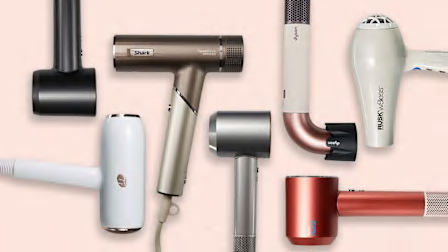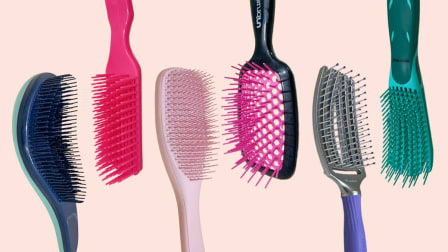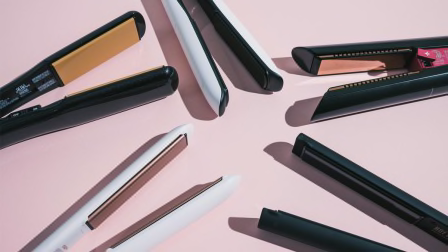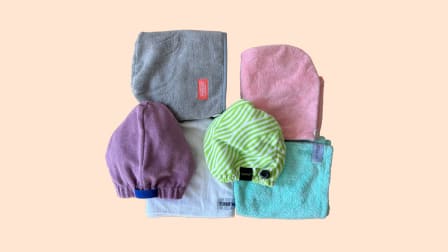Which Is Better for Your Hair: Blow-Drying or Air-Drying?
When you shop through retailer links on our site, we may earn affiliate commissions. 100% of the fees we collect are used to support our nonprofit mission. Learn more.
One of the biggest culture shocks I experienced moving to the States has to do with the hair dryer. Many Americans I know, including my partner, don’t use a blow-dryer. Instead, they prefer to air-dry their hair after they wash it.
That, to me, was never an option when I was growing up. I lived in a household where you would get yelled at if you walked around with wet hair. My dad’s reasoning was that you had to blow-dry your hair immediately after washing it or risk getting a headache. And now whenever I see my partner puttering around the apartment with dripping wet hair, I yell at him as well. It’s all come full circle.
We’ve had a long-standing debate over hair drying. For one, will you really get a headache if your hair is wet for a long time? Also, which method is actually better for your hair, i.e., which will cause your hair less damage—blow-drying or air-drying?
This is what doctors told me.
Wet hair has not been a proven constant trigger for migraines, according to research, says Matthew Robbins, MD, president-elect of the New York State Neurological Society. However, people who suffer from migraines often have scalp and hair sensitivity called allodynia, and for them, wet hair might be a plausible cause of headaches, he says.
Best Health Products of the Year
Air Purifiers • Bike Helmets • Blood Pressure Monitors • Electric Toothbrushes • Indoor Air Quality Monitors • Insect Repellents • Sunscreens • Treadmills

















